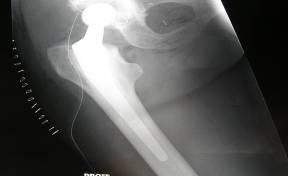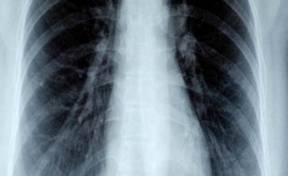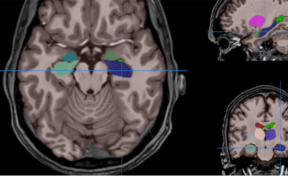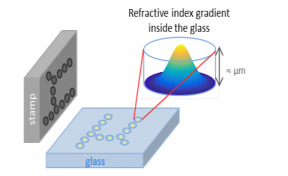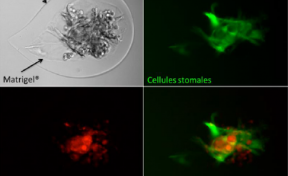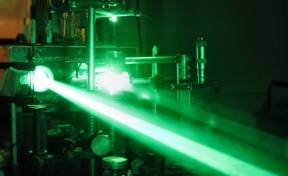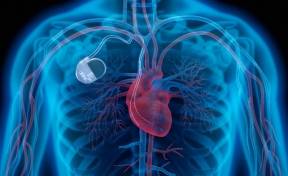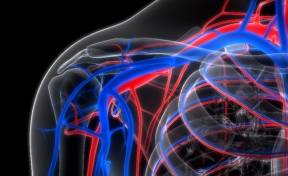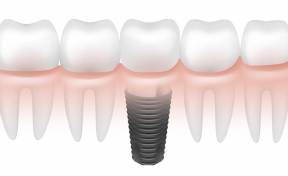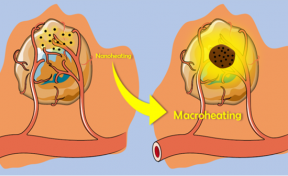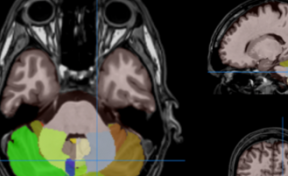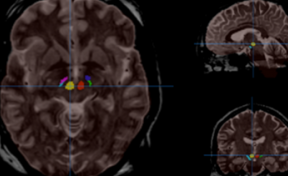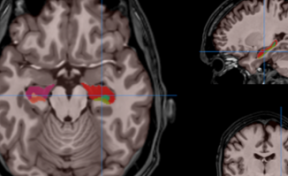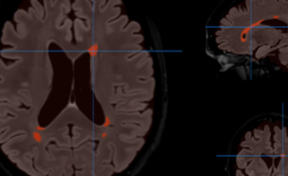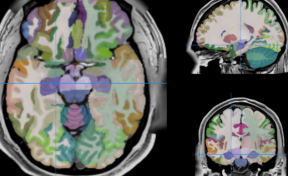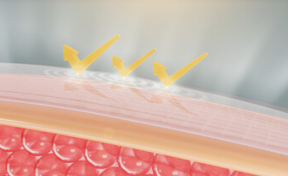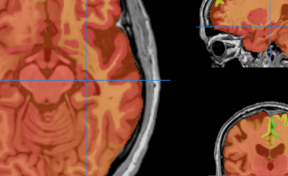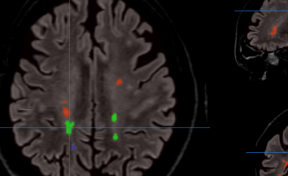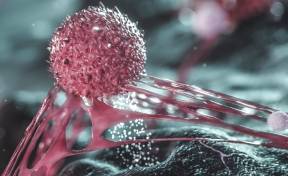
Photosensitive Liposomes : Novel photosensitive liposomes, and their use in delivering and releasing an active ingredient in a controlled manner.
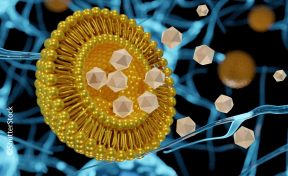
Domain Health and wellbeing
Technology Drug Delivery System (DDS)
Challenges
The controlled delivery of active ingredients is a major issue. It must, in fact, make it possible to reduce the toxicity of the compound by limiting its concentration in the organism and by targeting its place of delivery.
Liposomes currently used as Drug Delivery Systems suffer of a premature load release, directly related to the chemical structure of the composing phospholipids. Their lipid bilayers induce a high level of membrane fluidity and permeability, which makes the release of active substances difficult to control.
Innovative solution
Photosensitive liposomes offer a better control of the delivery and of the release of active substances than the liposomes currently available on the market.
Applications
-
Pharmaceutical company
-
Cosmetics
-
Nutraceuticals
-
Agrochemistry
Competitives advantages
-
Better control of the membrane permeability
-
Better control of the active substance delivery
-
Decrease of the premature release of active substances
-
Better tolerance (natural phospholipids)
-
Immediate stability of the liposome
DEVELOPMENT STATUS
- POC
Future scientific development:
- Modulation of different photosensitive phospholipids (size of phospholipid chain, diazirine positioning)
- Remote photo-activation via nano-scintillators able to emit UV wavelength under X-ray irradiation.
- Seeking funding for PhD specialized in chemical synthesis
How it works
The present invention provides novel photosensitive diazirine-conjugated phospholipids.
The permeability profile of the liposomes obtained from such photosensitive liposomes is optimized: when used alone during the formulation process, the diazirine-conjugated phospholipids generate more stable (at least 7 days), therefore less permeable liposomes compared to classical liposomes. The cargo release is triggered by light-irradiation, immediately (<30min). The membrane permeability is controlled via passive diffusion.
The load release rate can be controlled via: (1) the diazirine positioning on the phospholipid; (2) the phospholipid chain size; and (3) the conversion rate of the diazirine moiety.
 The irradiation of photo-sensitive liposomes leads to cargo’s release. The photo-activation process does not change the particle size. Membrane permeability is controlled via passive diffusion
The irradiation of photo-sensitive liposomes leads to cargo’s release. The photo-activation process does not change the particle size. Membrane permeability is controlled via passive diffusion
Inventors
Developed by Edouard Badarau: Institute of Chemistry & Biology of Membranes & Nano-objects (CBMN)
This project is supported by:
- “Initiative d’Excellence De Bordeaux” (IdEX project Nano PRECOS)
- “Ligue contre le Cancer” (PhotoSENSEI project)
IP
1 Patent: priority application:EP22203125.4
Photosensitive diazirine-conjugated phospholipids and uses thereof
PARTNERSHIP
Company (pharma, cosmetics, nutraceutical, agrochemical laboratory, etc.) to engage R&D collaboration and/or licensing the innovation.
Contact
Laura BERGEON
%6c%2e%62%65%72%67%65%6f%6e%40%61%73%74%2d%69%6e%6e%6f%76%61%74%69%6f%6e%73%2e%63%6f%6d
+33 (0)7 64 74 46 94



